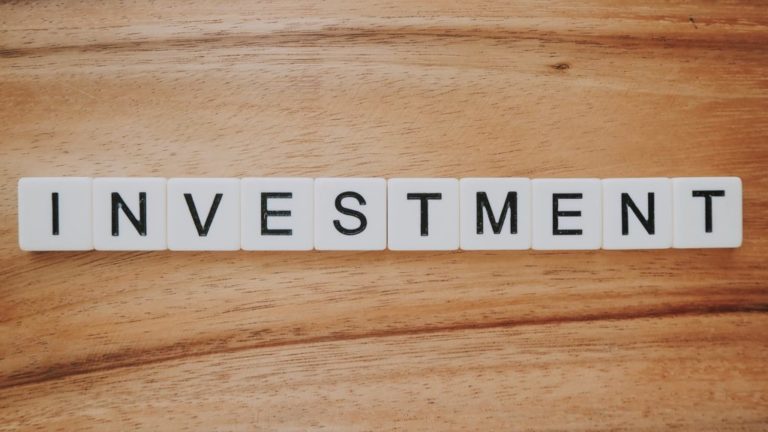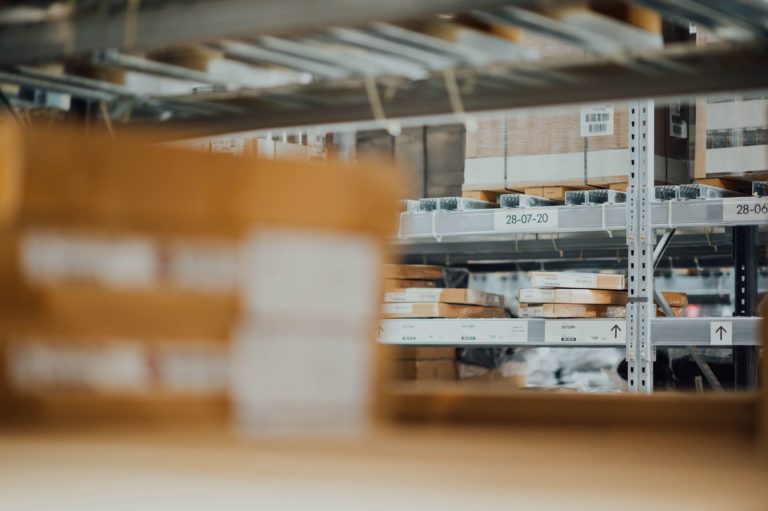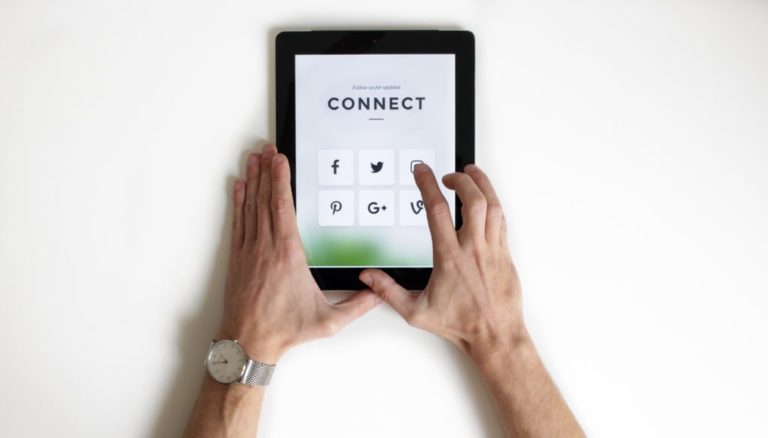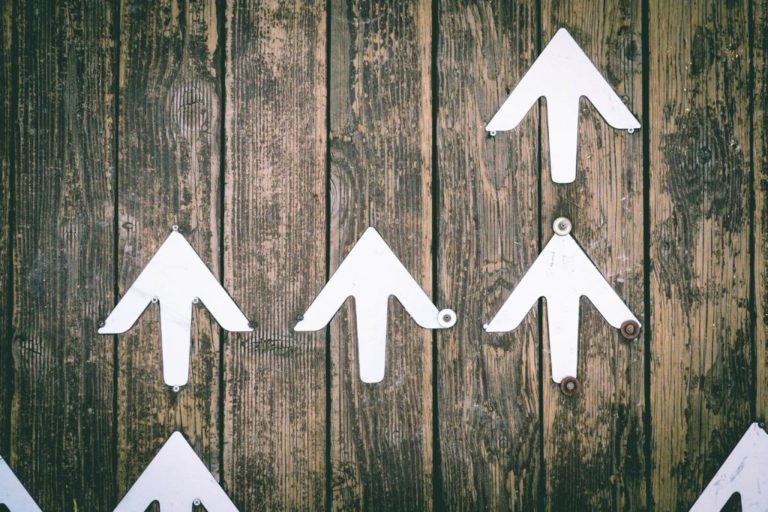Are you reading your balance sheet the right way?
Your shop’s provides a snapshot of your assets, liabilities, and owner’s equity on a specific date. It shows what you own and what you owe, and provides creditors, suppliers, investors, and others the ability to see the financial position of your company. The balance sheet is sometimes referred to as the statement of financial position.
The balance sheet is one of the three required financial statements in addition to the Income Statement (P&L) and the Statement of Cash Flows.
First, a quick review of the balance sheet
Assets = Liabilities + Owner’s Equity
Let’s break each of those down into just a little bit more information….
Assets
An asset is something you own. It provides a future economic benefit and may be something paid in advance like prepaid insurance.
Examples of assets listed on the balance sheet would be cash, accounts receivable, inventory, supplies, petty cash, and equipment.
Often, assets are broken down into classifications that show the timeline for planned use such as current assets, investments, and plant, property, and equipment (PP&E). Current assets are accounts like cash, inventory, and accounts receivable – representing what will be used within one business cycle.
Liabilities
A liability is an obligation or something you owe. It is considered a source of your company’s assets.
Often the names of liability accounts have the word ‘payable’ in them – accounts payable, salaries payable, etc.
Liabilities are also broken down into classifications that show the timeline such as current liabilities and long-term liabilities. Current liabilities are due within one year.
Owner’s Equity
Owner’s equity (or the book value of your company) refers to the owner’s claim once all the liabilities are paid off. Like liabilities, owner’s equity is also a source of assets for your company.
Owner’s equity is equal to the assets of your company minus the liabilities. By rearranging the equation above you can arrive at this:
Owner’s equity = Assets – Liabilities
Some helpful ways to analyze the Balance Sheet
Calculate ratios & margins to get to an “apples to apples” number
1. Working Capital
This equation tells you the ease in which you can access cash and pay bills. By taking your current assets (like cash) and subtracting current liabilities (like invoices due within 30 days) you will get to the working capital balance.
2. Current Ratio
The current ratio tells you the relationship between current assets and current liabilities. You want a higher ratio because it shows you have more working capital.
3. Quick Ratio
The quick ratio gives a glimpse of the ability of cash on hand to pay off current debts. If it is 1 or higher, it shows your company can pay of short-term debt obligations.
4. Debt to Equity Ratio
The debt to equity ratio measures your company’s leverage by assessing your company’s growth strategies.
Upshift is an ongoing series of articles and advice, focused on providing member and nonmember bike retailers with small business tips, best practices, and resources focused on helping you grow your shop.







